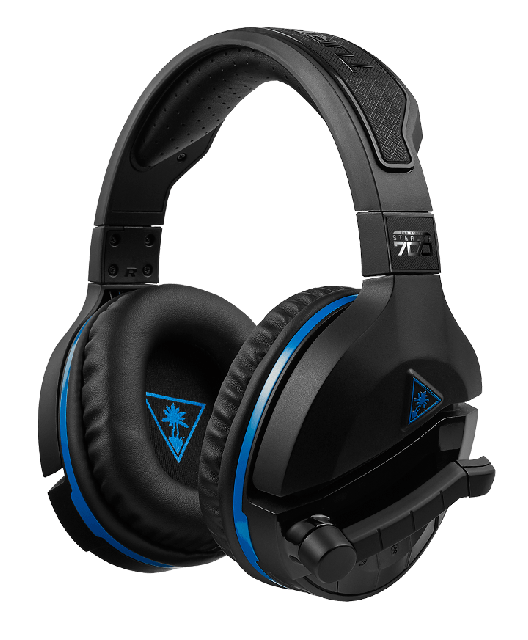

Audio is not as detailed or layered as it is on, say, the Audeze LCD-GX or the Audeze Maxwell, but the Stealth Pro still managed to separate out most of the delicate sounds in Billie Eilish’s bad guy. The Stealth Pro’s default sound profile (called “Signature Sound” in the EQ presets) is relatively balanced and fairly neutral - though it’s perhaps a bit too mid-range focused for me. This is a little wider than you’ll find on most gaming headsets (which typically stick to 20 Hz - 20,000 Hz), but it’s not the widest - Corsair’s Virtuoso RGB Wireless XT has a frequency range of 20 Hz - 40,000 Hz, while Audeze’s new Maxwell has a frequency range of 10 Hz - 50,000 Hz.
#Turtle beach audio hub not supported drivers#
The Stealth Pro sports 50mm “Nanoclear” dynamic drivers with a frequency response range of 10 Hz - 22,000 Hz - the same as SteelSeries’ Arctis Nova Pro Wireless. Perhaps it would benefit from a suspension-style headband like what’s on the SteelSeries Arctis line or the Audeze Maxwell. Again, while it wasn’t uncomfortable, the fit felt a little off. Its clamping force is on the stronger side and the headband is a little too wide (and I don’t have a small head). It’s not uncomfortable, but it’s not so comfortable that I forgot I was wearing it. I know these soft-touch finishes are kind of Turtle Beach’s thing, but covering up metal with plastic makes the headset look a lot cheaper than it is.Īs far as comfort goes, the Stealth Pro is. The earcups’ speaker plates also feature a soft-touch (though not rubbery) finish, which attracts a lot of fingerprints and, smudges and other unattractive things. Its earcups, which are connected via metal yokes, swivel both directions (and swivel flat for storage), tilt, and are individually height-adjustable. The Stealth Pro has a flexible metal headband covered in a slightly-rubbery, soft-touch material with “Turtle Beach” debossed across the top.


 0 kommentar(er)
0 kommentar(er)
